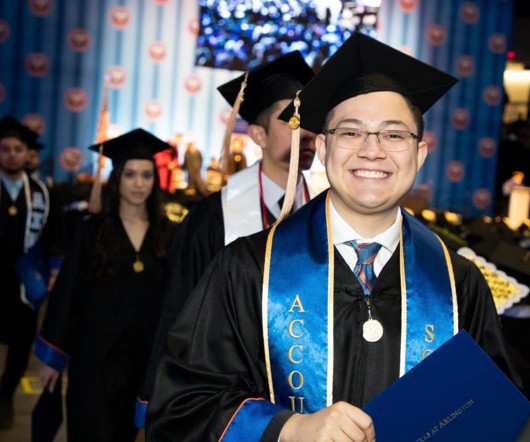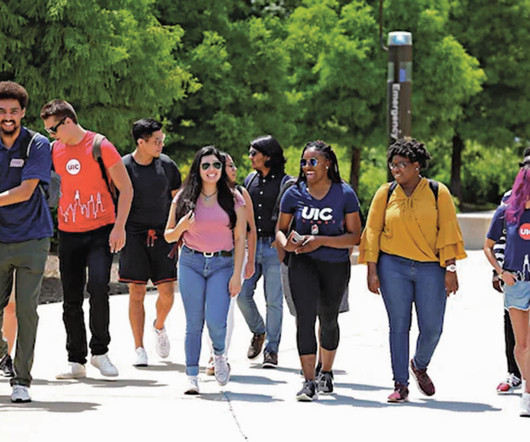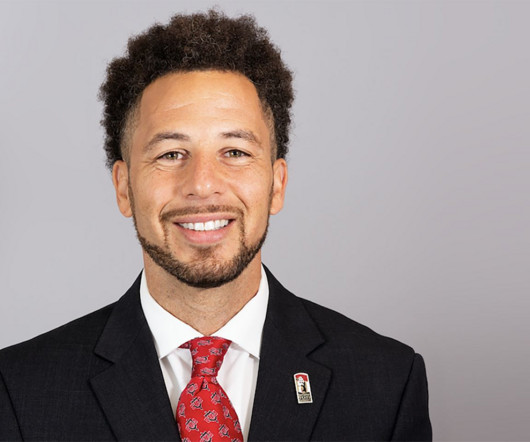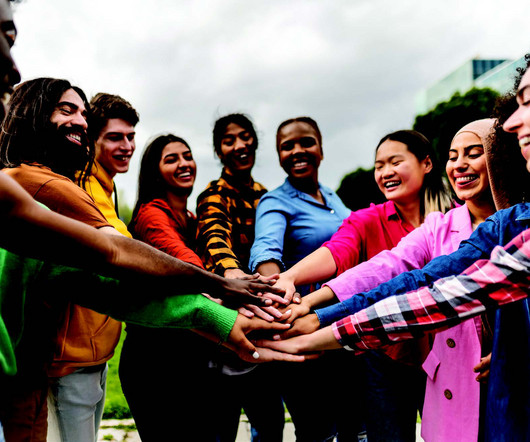A Continued Commitment to Community
Diverse: Issues in Higher Education
OCTOBER 1, 2023
There is tutoring and mentoring, and Espiritu designed a model in which second-year students mentor first-year students. This continues after graduation when students attending four-year institutions mentor second-year EPW students. Latino faculty at UTA closely mentor the students.












Let's personalize your content